ISTE was everything I expected–energizing, motivating, collegial and crowded. Very very crowded. Lots of events were packed–if you didn’t get there early, you weren’t getting in. There were surprisingly many that charged a fee or required a ticket. Sure, in a perfect world, I’d have been organized enough to request tickets a week before, but perfection has never inhabited my world so I didn’t. There were so many events, I had no trouble finding alternatives.
I have lots of observations, tips, notes, and takeaways to share with you, so let me get started:
Observations
- ISTE was extremely well-organized. There were lots of people to ehlp attendees find their way, understand materials, figure problems out. Me, I tried to be prepared, but it ended up a losing effort:
- I flew Delta. For the most part, they were professional, friendly, and acted like they enjoyed their jobs (that’s improtant to me), but I got tired of them haranguing passengers preparing to board about on-flight luggage. They alarmed us all by saying if you were in Zone 2 or 3 seating, you probably wouldn’t and wouldn’t get overhead storage. They then force people to check their luggage before getting on the plan. Really? How can that be? In fact, by the time they got everyon on board, there was plenty of empty luggage space. Look for yourself:
- Did I mention crowded? Look at these pictures:

- Even the StarBucks line folded all over the building:
Tips and Notes
- ISTE has a nice booth called ‘Dr is in’ where they help you with your digital explosions. Take advantage of it. They’re friendly, knowledgeable, and worth every penny (well, it’s free)
- If you’re teaching a class and can’t remember how to complete a digital lesson, say, “Let’s figure this out together”. Love that. Especially since it happens to me. I don’t mind showing students how I problem solve. This rejoinder takes it a step further–to see how students problem-solve
- Virtual classes have arrived. If you’re not using them for tutoring, conferences, homework help, or sharing class with students who can’t attend, change that. Google Hangouts come with GAFE:
- modeling is important. Students learn tech much better if they see the teacher using it–and not just in the lesson.
- if you use FB, Twitter, use it responsibly so you can model that approach for students. Follow the digital rights and responsibilities you preach
- Lots of iPads, less Chromebooks, few netbooks, almost no full-sized laptops. One person took paper-pencil notes
- PBL is not a curriculum, it’s an approach
- A big selection of ISTE books available. You could purchase and have them ship it to your home–no need to carry around:
Takeaways
- Students want to learn at their own pace
- Learning is more practical than theoretical. Learning is to be used, not simply studied. Lots of apps and websites to make that happen:
- Let students fail. It’s OK. School is a safe environment for that.
- The students’ audience should be authentic–classmates, schoolmates, or bigger. It shouldn’t just be the teacher and the student’s parents.
- Projects should be engaging. That means they require thinking. It doesn’t mean fun and games
- Lots of presenters used backchannel devices like Today’s Meet and Socrative. Be ready with your digital device to hook up:
Recommended websites and webtools
- AirServer–fee; sends iPad directly to your computer screen
- Aviary–photo editing (app)
- Geogebra –downloadable free software for teaching; includes free web-based materials
- Google Voice–for phone calls separate from your private line. I love mine–I post it where I don’t want to share my private number.
- GooruLearning.org–create and share courses on the topic of your choice
- Graphite.org--find apps and websites for the classroom; from Common Sense
- InfographicsArchive.com–links to a variety of infographic websites
- Instashare–to share information across all platforms (an app)
- iTunes University for training
- Lexile.com–to determine reading or writing levels of student materials
- NetText–electronic textbooks (an app)
- Newsela–rewrites news articles at the students reading level
- PicCollage (an app)–turns pictures into a collage
- Screencastify–screencasting app
- Smore (free for educators)–posters, fliers, more
- Songza–selects music based on your activity (an app or not)
- Thinglink–add links to pictures
- WeVideo–app to create videos
Another great list of ISTE 2014 take-aways is over at School Stuff.
What did you get out of ISTE? Were you there or did you attend virtually? I’d love to hear from you.
Jacqui Murray has been teaching K-18 technology for 30 years. She is the editor/author of over a hundred tech ed resources including a K-12 technology curriculum, K-8 keyboard curriculum, K-8 Digital Citizenship curriculum. She is an adjunct professor in tech ed, Master Teacher, webmaster for four blogs, an Amazon Vine Voice, CSTA presentation reviewer, freelance journalist on tech ed topics, contributor to NEA Today, and author of the tech thrillers, To Hunt a Sub and Twenty-four Days. You can find her resources at Structured Learning.

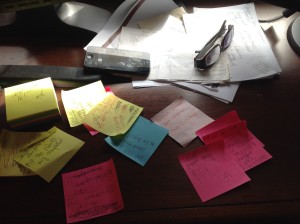




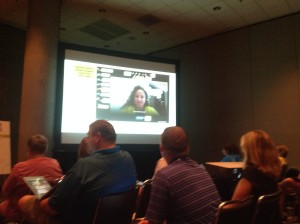
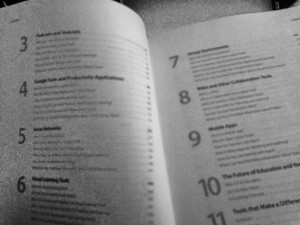
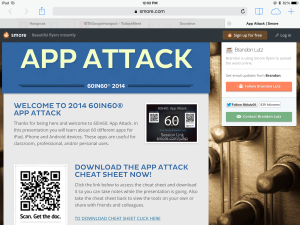
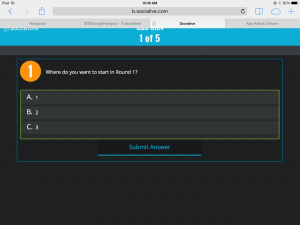


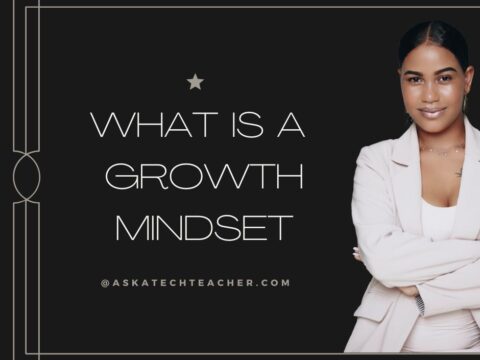

































I especially liked your comments about PBL and students learning at their own pace. Thank you for sharing and for the mention.
Cindy
Thanks, Cindy. I liked your article about ISTE, too. Lots of great info.